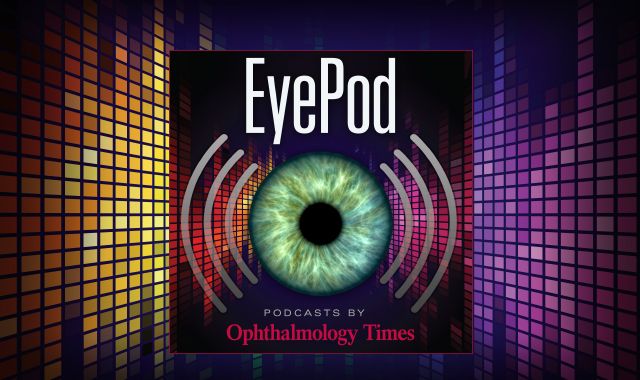Article
FDA approves AcuFocus corneal inlay
The FDA has approved AcuFocus’ corneal inlay product (KAMRA inlay.) The device is indicated to improve near vision by extending depth of focus in patients with presbyopia who have emmetropic refractions (+0.50 to –0.75 D).
The FDA has approved AcuFocus’ corneal inlay product (KAMRA inlay.) The device is indicated to improve near vision by extending depth of focus in patients with presbyopia who have emmetropic refractions (+0.50 to –0.75 D).
This approval represents the first major advancement in the surgical correction of presbyopia in more than a decade, according to company.
More from the show floor: Alcon receives FDA approval of new multifocal IOL
“The [inlay] is the number-one implanted corneal inlay globally,” said Jim Mazzo, chairman and chief executive officer of AcuFocus. “After a decade of research, development, and clinical investigation, we are delighted to bring this innovative technology to surgeons and patients in the United States.”
The approval was based on the results of 508 patients treated at 24 investigational sites worldwide. Patients in the clinical study experienced an average improvement in uncorrected near visual acuity of 3 lines between the åpreoperative exam and the 12-month follow-up visit. This improvement was maintained over the 5-year duration of the study.
Mean preoperative uncorrected distance visual acuity in the inlay-implanted eye was maintained across all follow-up exams.
The ultra-thin opaque ring measures 3.8 mm in total diameter, has a 1.6 mm central aperture, and is implanted monocularly into a patient’s non-dominant eye.
Next: more on the device
The device utilizes the principle of small-aperture optics, or pinhole effect, to extend depth-of-focus for patients suffering from age-related near vision loss. Central-focused light is allowed to reach the retina uninterrupted resulting in functional vision from near to far without reading glasses.
Newsletter
Don’t miss out—get Ophthalmology Times updates on the latest clinical advancements and expert interviews, straight to your inbox.





